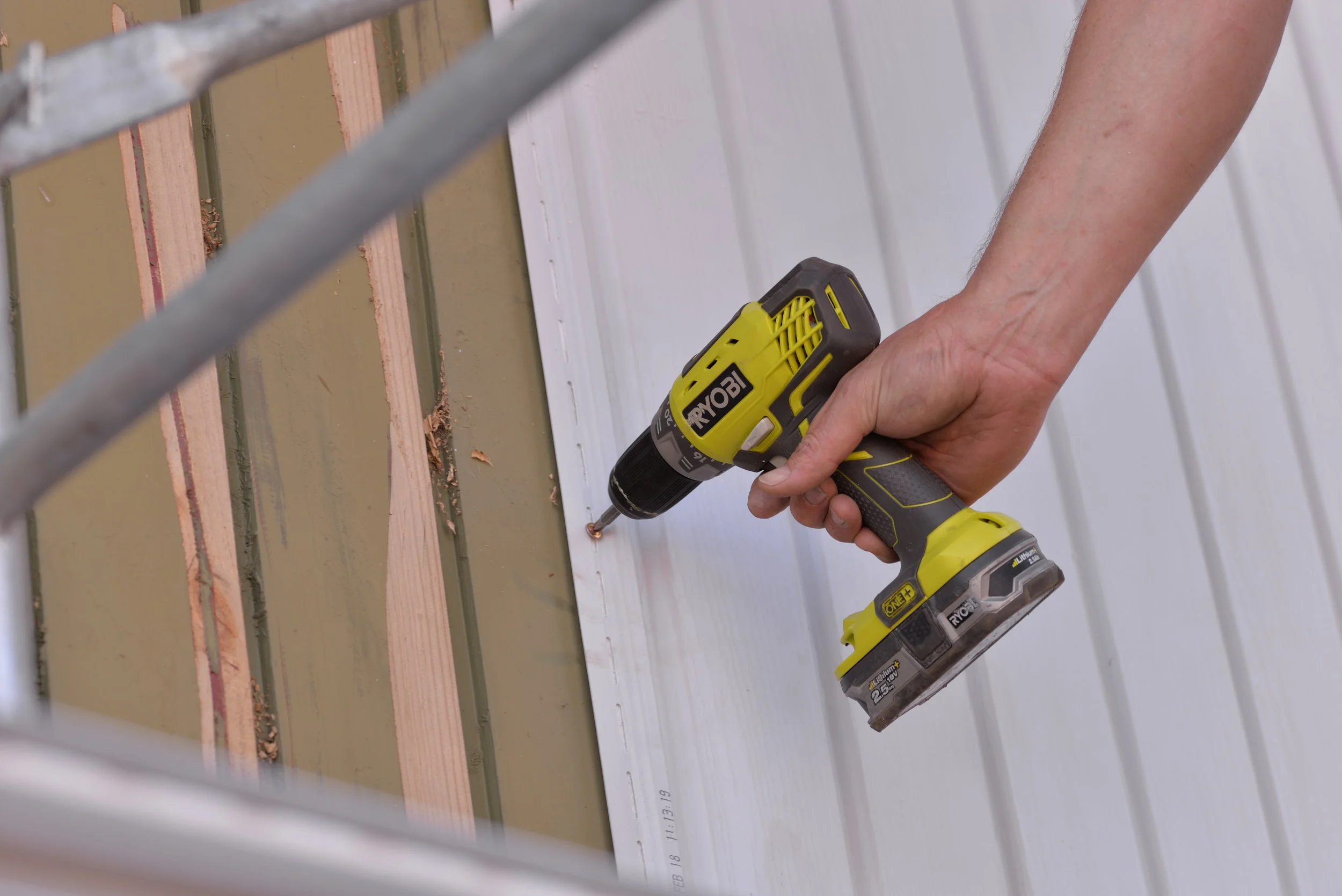One of the main reasons that vinyl cladding is so popular is that it is a truly maintenance free cladding product. Unlike many other products, a sufficient quality vinyl cladding shouldn’t require replacement or repair under normal circumstances, and will never require painting. Unfortunately, accidents do happen and sometimes repair is required. Here we discuss the ease of repairing vinyl cladding and why in the long run even if damaged, it is the best product on the market.
Repairs
Compared to alternative and traditional products on the market, vinyl cladding provides the most flexibility and easiest repair of all. If comparing to a product like steel or aluminium weatherboards, once installed these products must be removed from the top down until the damaged area is reached. This means that rather than replacing one or two weatherboards, you could be replacing a whole wall. Vinyl cladding on the other hand is much more user friendly and cost effective. Any single board can be removed from the wall without affecting any other weatherboards. This means that if only one weatherboard is damaged for some reason, you can replace just the one and save time and money.
If comparing repair to a product like timber weatherboards the benefits are also clear. Whilst timber weatherboards can also be removed if done carefully for replacement, they suffer from other drawbacks which may increase the likelihood of repair. Unlike vinyl cladding, timber can, and will rot if not treated and maintained correctly. Having to worry about rotting and maintaining the product consistently should not be a concern for a homeowner, it should be able to be left as it is and stay that way.
Maintenance
This brings us to maintenance. Comparing every product on the market, you cannot beat vinyl cladding in the amount of maintenance required, when considering routes of repair also. Unlike Hardi Plank and timber weatherboards, vinyl cladding does not require painting, and will always hold its colour and sheen. This is a time consuming and expensive task to undertake every 5+ years. All that is required to maintain vinyl cladding is a simple hosing or pressure cleaning once per year to remove dust and cob-webs and to keep your house looking as good as new.

